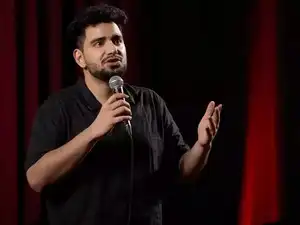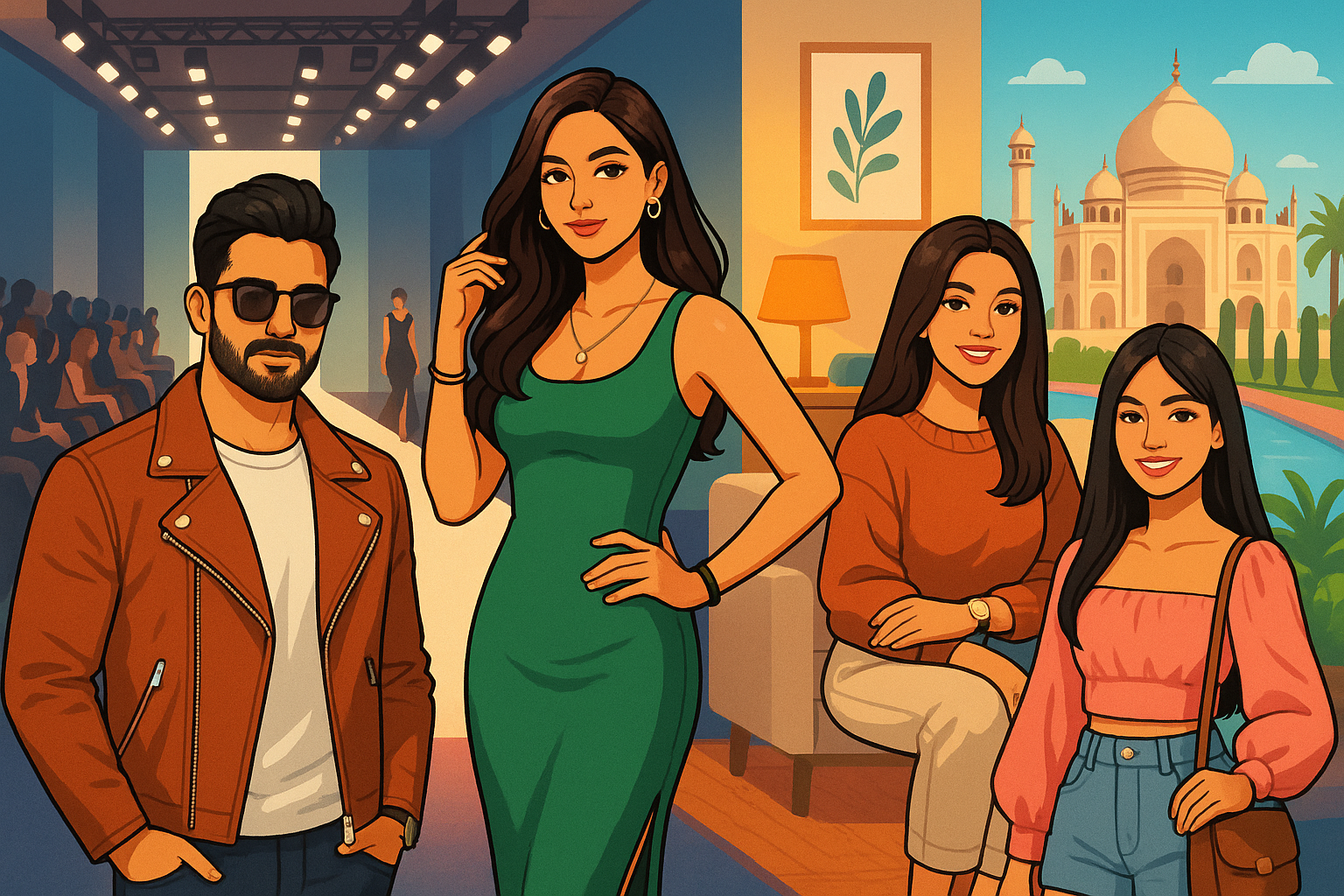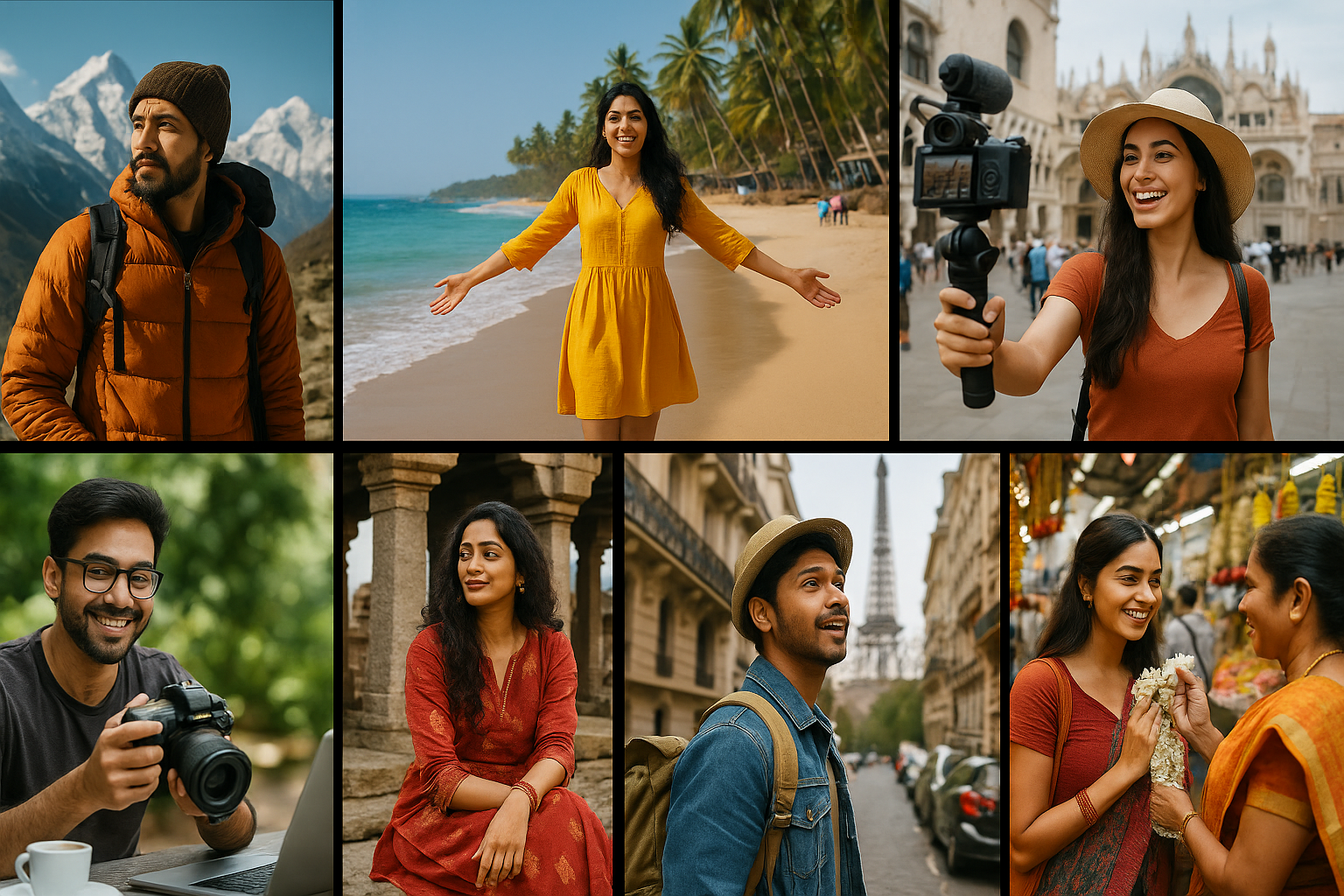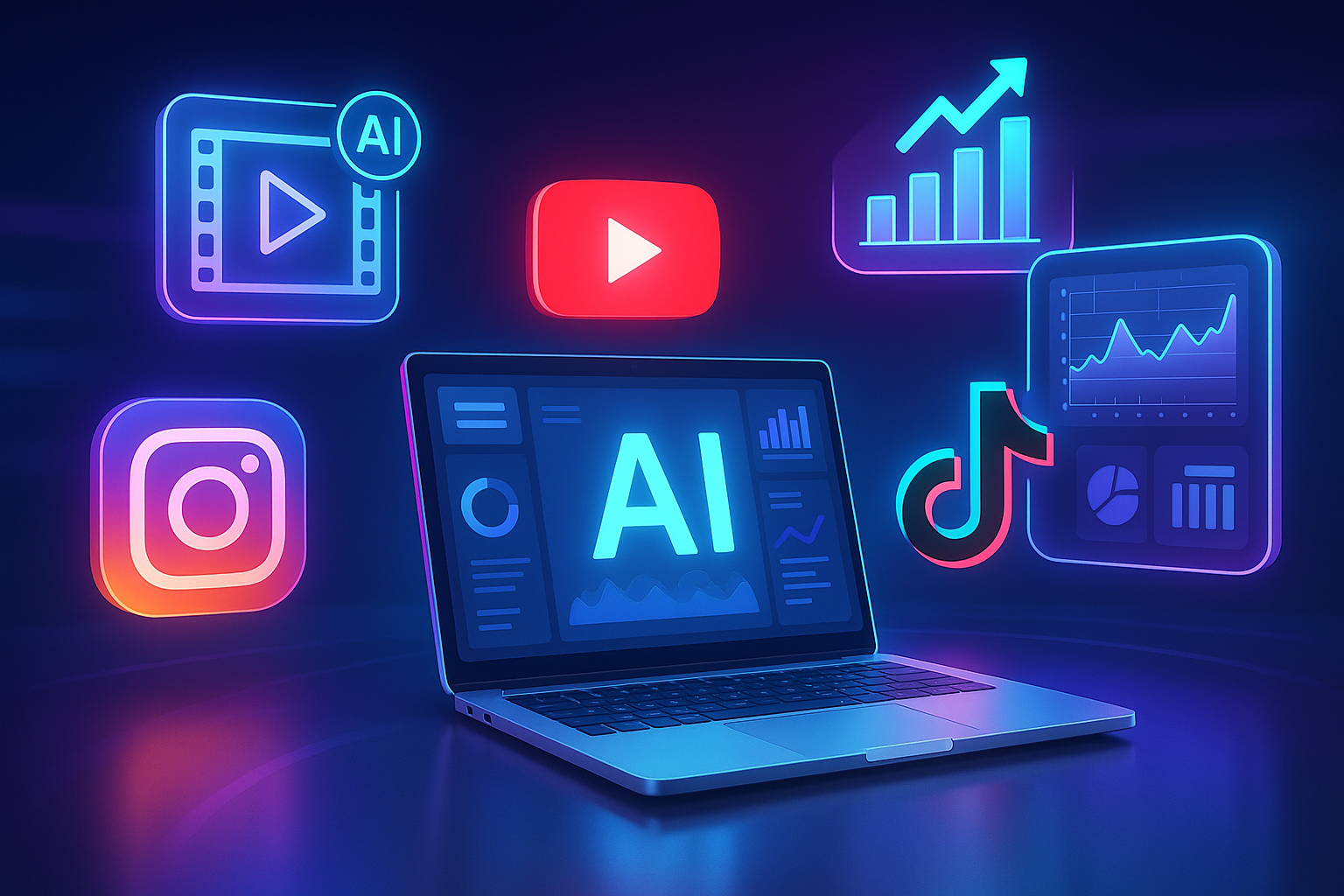India’s top court has taken a serious stance on influencer responsibility. On July 15, 2025, the Supreme Court of India summoned popular comedian and YouTuber Samay Raina along with social media personalities Vipul Goyal, Balraj Paramjeet Singh Ghai, Sonali Thakkar, and Nishant Jagdish Tanwar after allegations surfaced that they made derogatory remarks ridiculing persons with disabilities on digital platforms.
What Sparked the Court Hearing?
The case originated from a PIL (Public Interest Litigation) filed by the Cure SMA Foundation, highlighting offensive references made about those with Spinal Muscular Atrophy (SMA) and blindness on an episode of Raina’s show India’s Got Latent. The Court label such content “damaging” and “demoralising,” leading to formal notices and court involvement.
What the Court Has Mandated
- Reply within 2 weeks: All five influencers must submit detailed responses by the deadline; no extensions will be granted .
- Personal court appearance required: Samay Raina, Vipul Goyal, and Balraj Ghai must appear in person next time. Sonali Thakkar was exempted due to health issues.
- Content guidelines in progress: The Court instructed Attorney General R. Venkataramani to draft social media norms that balance freedom of expression (Article 19) and dignity (Article 21).
Why This Matters for Influencers
- Checks on Digital Influence
The verdict underscores that influencer content is legally accountable, and public platforms can’t violate constitutional protections. - Responsibility vs. Reach
Even with large followings, creators must ensure that humour doesn’t degrade human dignity a reminder that free speech has ethical limits. - Framework for Future Content
The Court’s planned guidelines mark a shift toward standardizing digital conduct, holding creators accountable while protecting artistic freedoms.
Samay’s Response
Arriving at the Supreme Court, Samay Raina declined to comment, saying, “Wahin kahenge na… aapko thode hi kahenge”—meaning he’ll speak only in court. Later, he was seen in an Instagram Story with his lawyer, signalling intent to cooperate with due process .
What This Signals for the Influencer Ecosystem
- Higher Ethical Standards: Content must be vetted to avoid offence, especially regarding vulnerable communities like the disabled.
- Importance of Disclaimers and Tone: Context matters clarity in satire, boundaries, and empathy are essential.
- Growing Role of Self-Regulation: Influencer platforms and creators will likely need internal content policies that align with legal norms.
Final Thoughts
This SC summons marks a pivotal moment in India’s digital landscape. Influencers now face the dual responsibility of engaging audiences and upholding human dignity. How the Court crafts its social media guidelines could redefine content norms balancing creative freedom with respectful discourse.
For creators, this means:
- Reviewing past content for sensitivity
- Establishing self-regulation around potentially harmful themes
- Staying informed about emerging legal frameworks for online speech
Because in India’s growing digital ecosystem, influence comes with real-world responsibility.
FAQs
Q1. Why did the Supreme Court get involved?
A PIL flagged jokes mocking disabled individuals, prompting a Court summons to ensure such content did not breach constitutional protections.
Q2. Who else was summoned?
Alongside Samay Raina: Vipul Goyal, Balraj Paramjeet Singh Ghai, Sonali Thakkar, and Nishant Jagdish Tanwar.
Q3. What are Article 19 and Article 21?
Article 19 protects free speech; Article 21 ensures dignity and life. The Court stressed that one cannot override the other.
Q4. Will content guidelines affect all creators?
Yes draft norms may apply broadly, impacting YouTubers, comedians, podcasters, and influencers across India.
Q5. What penalty could apply?
If found in contempt or violating dignity norms, influencers may face punitive action, including fines or content takedowns.







